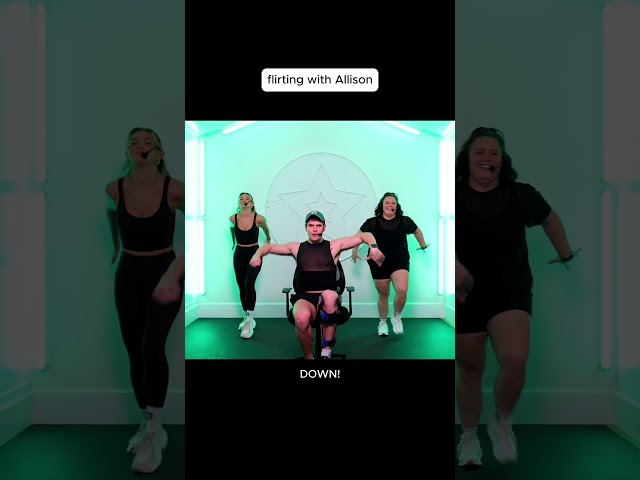High-Intensity Interval Training (HIIT) has surged in popularity for its efficiency and effectiveness in improving fitness levels. HIIT involves alternating between intense bursts of activity and short periods of rest or lower-intensity exercise. This article explores what HIIT is, its benefits, drawbacks, and provides examples of HIIT workouts.
What is HIIT?
HIIT is a workout strategy that involves short bursts of intense exercise followed by brief recovery periods. These workouts typically last anywhere from 10 to 30 minutes, making them ideal for those with busy schedules. HIIT can be tailored to various fitness levels and can incorporate a wide range of exercises, including cardio, strength training, and bodyweight movements.
Benefits of HIIT:
- Efficient Workouts: HIIT workouts are time-efficient, allowing individuals to achieve significant results in a shorter amount of time compared to traditional steady-state cardio or strength training.
- Increased Calorie Burn: The intense nature of HIIT can lead to a higher calorie burn both during and after the workout, thanks to the “afterburn effect” or excess post-exercise oxygen consumption (EPOC).
- Improved Cardiovascular Health: HIIT has been shown to improve cardiovascular health by increasing heart rate and improving heart function.
- Enhanced Metabolic Rate: HIIT can boost metabolism and improve insulin sensitivity, which may aid in weight loss and management.
- Versatility: HIIT workouts can be customized to fit individual fitness goals and preferences, making them suitable for people of all fitness levels.
Cons of HIIT:
- Risk of Injury: The high-intensity nature of HIIT can increase the risk of injury, particularly for beginners or those with underlying health conditions.
- Requires Proper Form: Performing exercises with proper form is crucial in HIIT to prevent injury and maximize results. Without proper form, individuals may not reap the full benefits of the workout and increase their risk of injury.
- Not Suitable for Everyone: HIIT may not be suitable for individuals with certain health conditions or physical limitations. Consulting with a healthcare professional before starting a HIIT program is recommended.
Example HIIT Workouts:
- Tabata: 20 seconds of high-intensity exercise followed by 10 seconds of rest, repeated for 8 rounds (4 minutes total).
2. Interval Running: Alternate between sprinting for 30 seconds and walking or jogging for 1 minute, repeated for 15-20 minutes.
3. Bodyweight Circuit: Perform a series of bodyweight exercises (e.g., squats, push-ups, burpees) for 40 seconds each, followed by 20 seconds of rest, repeated for 4-5 rounds.
In conclusion, HIIT is a time-efficient and effective workout strategy with numerous benefits, including increased calorie burn, improved cardiovascular health, and versatility. However, it’s essential to approach HIIT with caution, ensuring proper form and considering individual fitness levels and health conditions. With the right approach, HIIT can be a valuable addition to any fitness routine.











Discussion about this post